How to grow basil indoors — the foolproof way to fill your kitchen windowsill with this fragrant herb
It's a staple in the kitchen
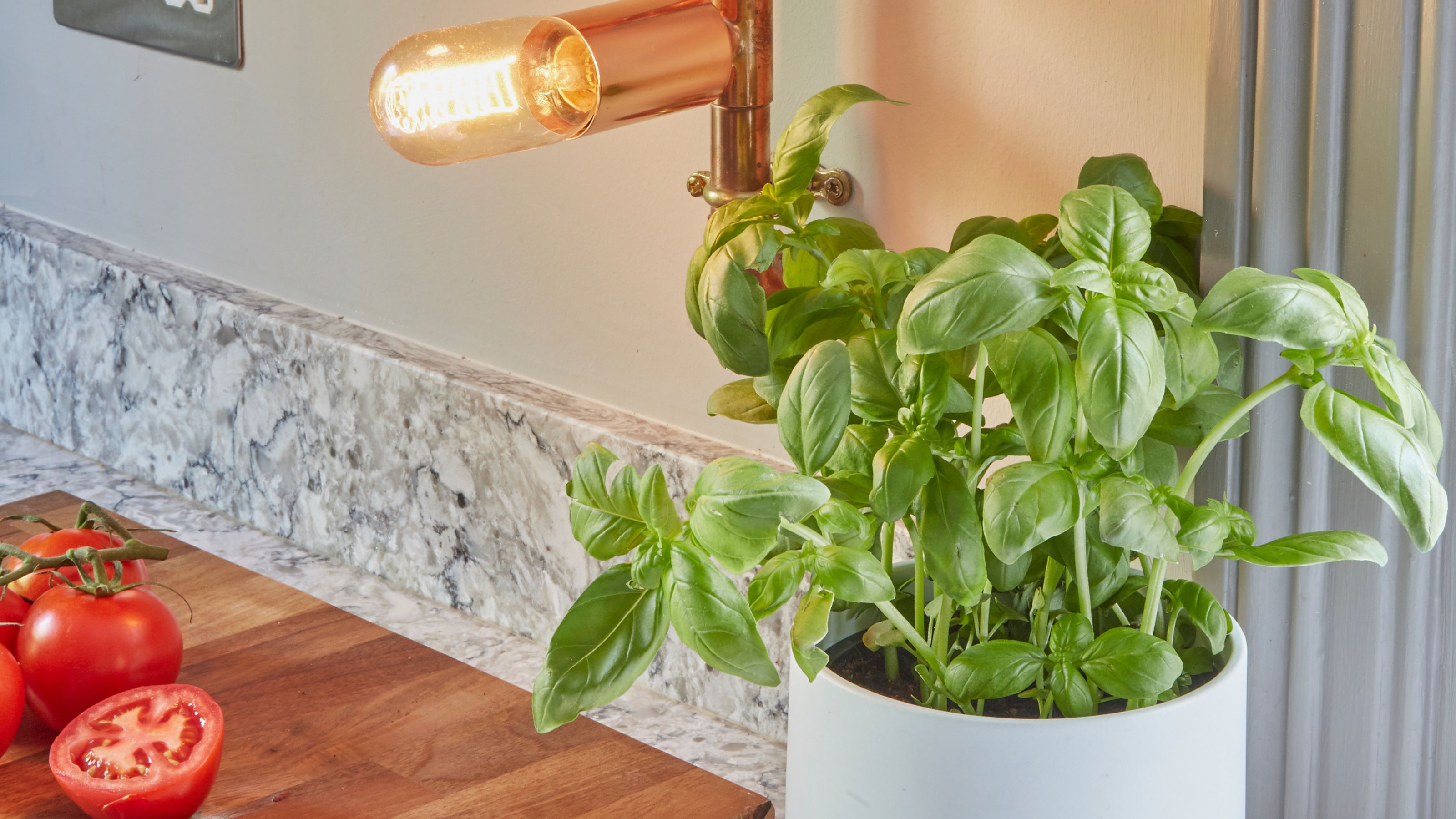

If you're eager to start gardening this month, there's a long list of herbs you can sow inside right now — and you can learn even how to grow basil indoors for year-round harvests.
An outdoor herb garden is rewarding in its own right, but growing your own basil indoors is incredibly rewarding — its flavoursome leaves can be used in a range of dishes, from soups to pasta sauces, straight from the kitchen windowsill.
You can learn how to grow basil from a shop-bought plant, but if you're hoping to start the herb from seed, this guide is for you. We've gathered top tips from the experts, from sowing tips to harvesting techniques.
What you'll need
- Basil seeds like Organic Basil 'Classico' seeds from Thompson & Morgan
- A module seed tray like the Yard Yard Seedling Plug Trays from Amazon or small pots like the Verve Lei Terracotta Plastic Grow pot from B&Q
- Grow lights (optional) like the wolezek Grow Lights from Amazon
- A heated propagator (also optional) like the EarlyGrow Heated Medium Propagator from B&Q
- Some garden snips like the Spear & Jackson Green Garden Snips from Amazon
1. Sow the seeds
First, you’ll need to grab some basil seeds and think about what you’ll be starting them in.
You can start them in a module seed tray before transplanting them later on, but it’s often easier to sow them directly into pots.
‘It’s simple enough to plant them directly into pots with a 10- to 15cm diameter,’ says greenhouse and gardening expert Lucie Bradley from Easy Garden Irrigation. ‘Simply space the seeds approximately two to three centimetres apart and cover with a thin layer of compost or vermiculite.’
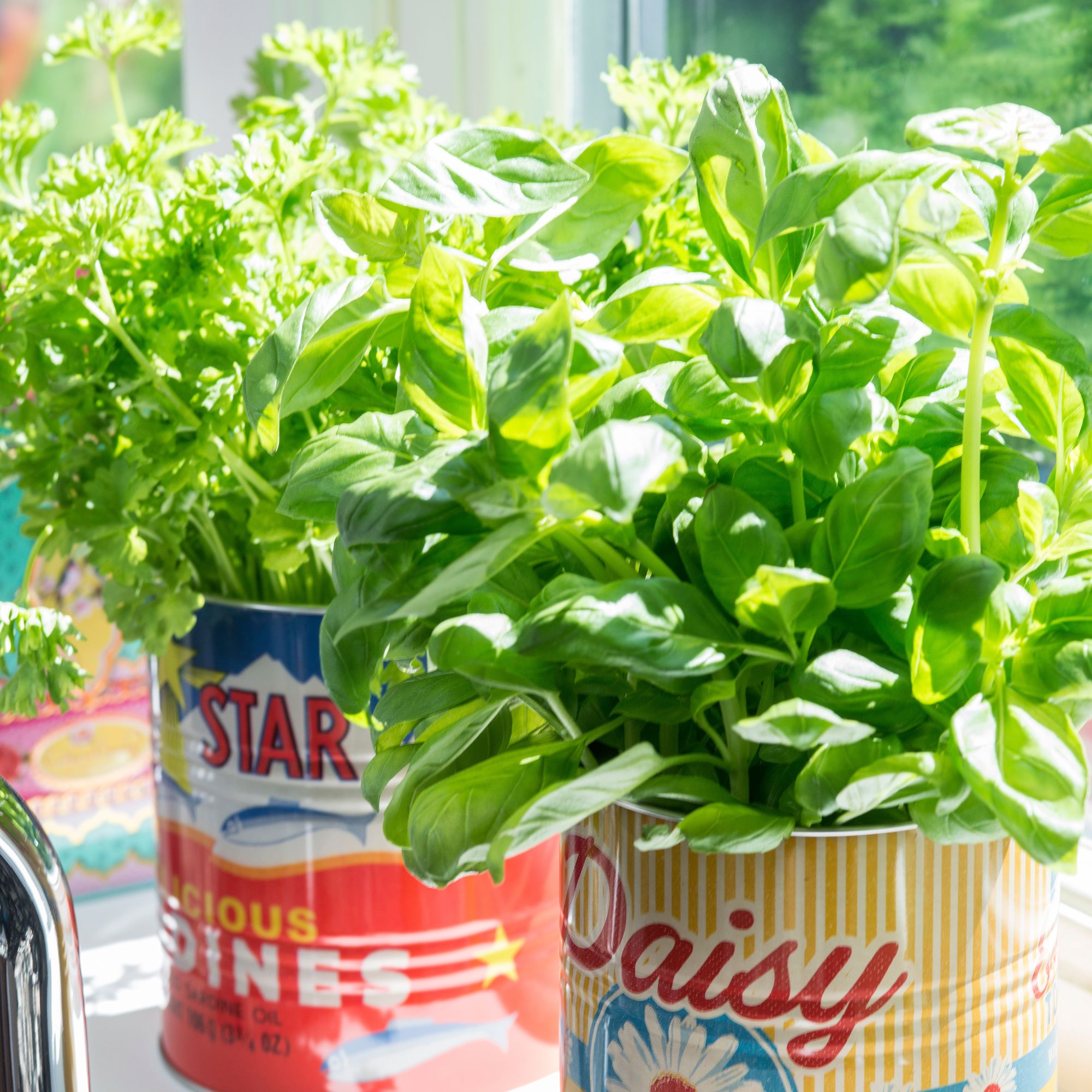
To boost germination, you might consider placing the pots in a heated propagator.
‘Basil seeds need the temperature to be approx. 20 degrees Celsius to germinate,’ explains Lucie. ‘For successful germination, cover the pot with a clear plastic bag to raise the temperature, or place them in a propagator where you can control their bottom heat.’
Just sure you remove the plastic bag or heat once seedlings appear to allow plenty of air circulation.

Encouraged to garden since she was old enough to walk, Lucie has been working in the gardening industry for over 28 years. This has meant she has been lucky enough to talk to both amateur and professional gardeners every day of the week and is always learning. She believes you can never know everything about gardening as it constantly evolves.
2. Choose a sunny spot
If you’re learning how to grow basil indoors, it’s crucial that it receives enough sunlight. Thanks to its Mediterranean roots, like rosemary, you’ll need to keep the plant somewhere sunny and warm.
‘Basil plants like warmth and sunshine so grow this indoors on a windowsill that gets plenty of sunlight for the winter months,’ advises heirloom seed company She Grows Veg.
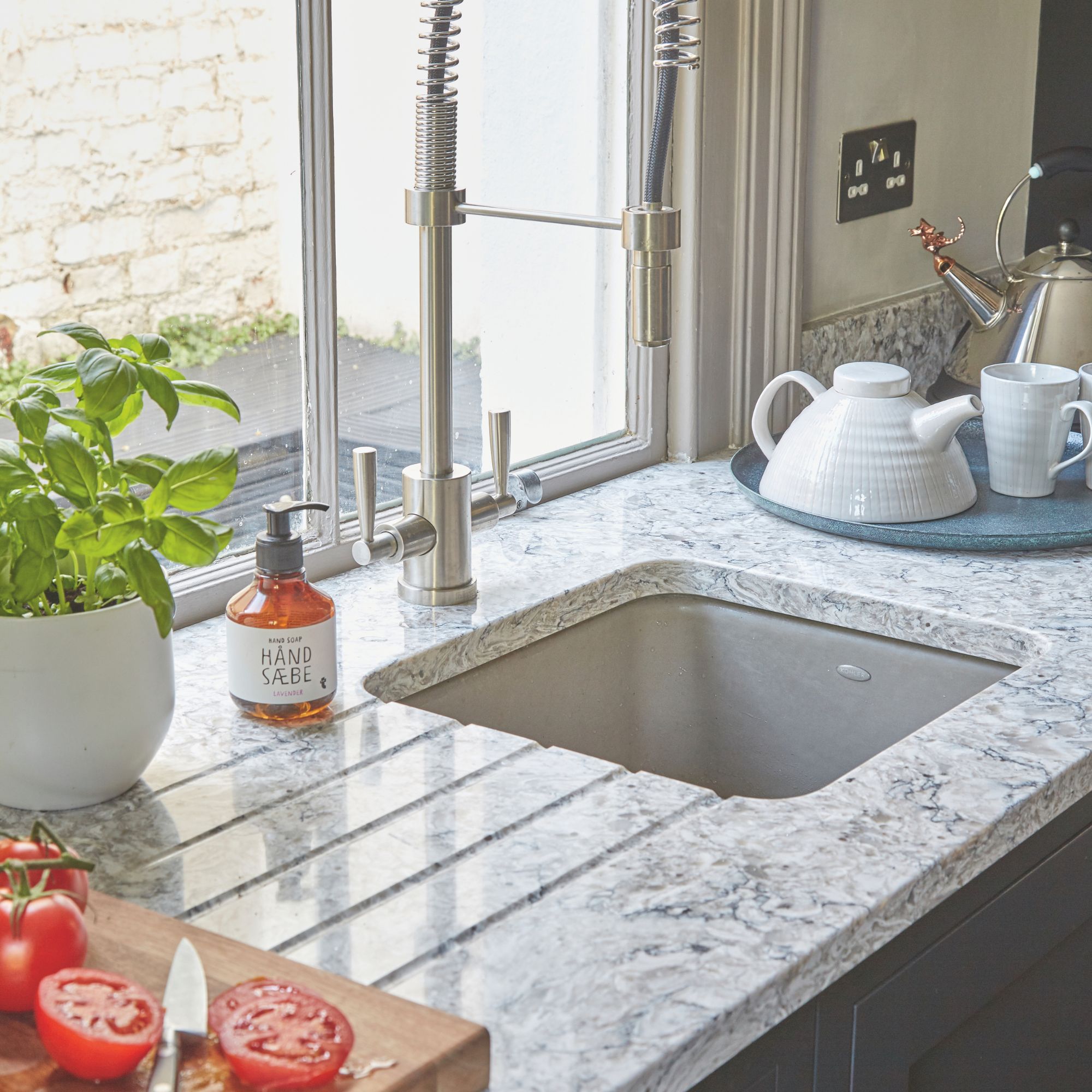
Lucie echoes this advice, recommending six to eight hours of bright sunshine every day.
‘If you have a good south-facing window where you can house your pots of basil, then that would be perfect,’ she says. ‘Just remember to occasionally turn the pots to prevent the plants from leaning too far towards the light.’
If you’re concerned your plants won’t get enough sunlight (especially during the colder months, which is a common winter houseplant problem, too), you can invest in grow lights like the from Amazon.
‘Over the past few years grow lights have developed so that they are now simple to install, use and are economical to run,’ says Lucie. ‘Simply keep your plants under these lights for 12-14 hours daily for a healthy harvest.’
3. Keep the soil moist
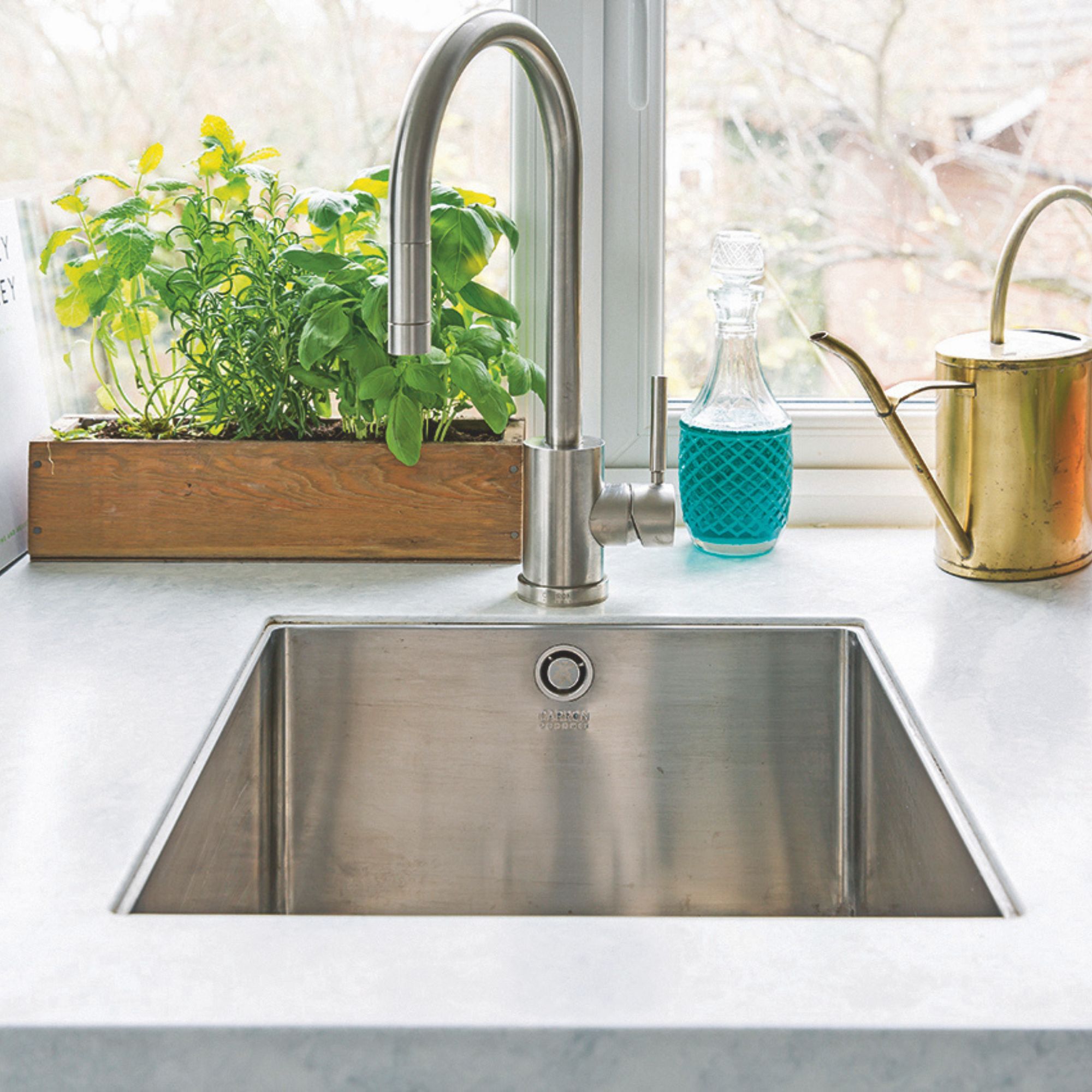
No one enjoys working out how to save an overwatered plant — and if you want to successfully learn how to grow basil indoors, you’ll need to make sure you’re keeping the soil moist, but never wet.
‘This means that using a plant pot with base drainage holes is a must,’ says Lucie. ‘Making sure young seedlings aren’t too damp will reduce the risk of fungal diseases such as damping off.’
4. Harvest the leaves
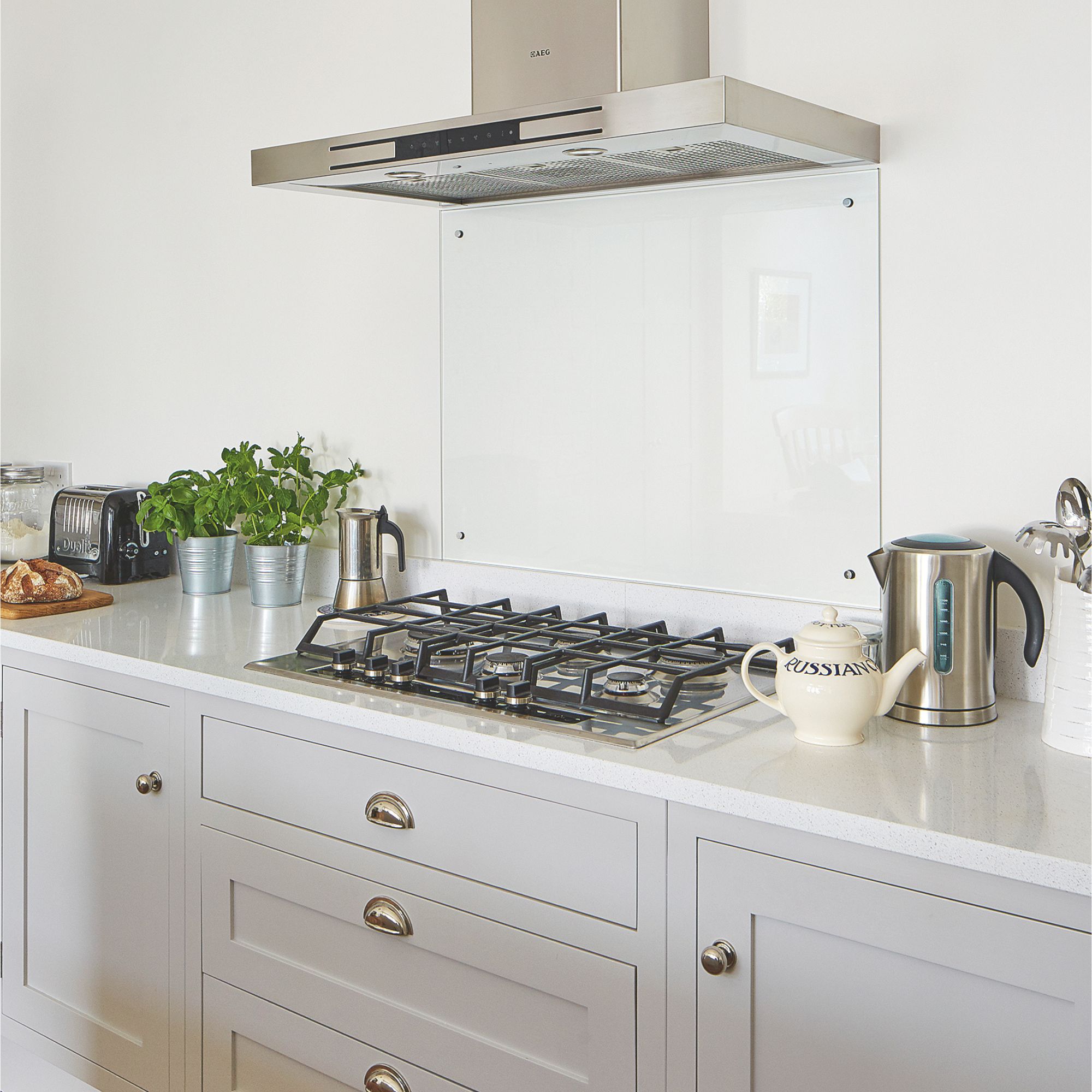
Now, the fun part: harvesting your hard-grown basil leaves.
'Once your basil plants reach about 15cm tall, with multiple leaves, then you can start to harvest the leaves,' says Lucie.
'If you choose to do this with your fingers, be careful not to damage the stem — a clean pinch from the stem, just where the leaf leaves the stem, is needed Otherwise a fine pair of snips is the best option.'
It's certainly a rewarding plant. 'Basil is one of the most productive herbs, with each plant capable of producing several harvests throughout the growing season,' says Morris Hankinson, founder of Hopes Grove Nurseries.
FAQs
How do you pick basil so it keeps growing?
We asked greenhouse and gardening expert Lucie how to harvest basil so it keeps growing.
Picking the leaves by hand, primarily from the top growth, can encourage new leaves to form, but Lucie recommends picking basil by the stem for even better results.
'The idea is to trim the stems of the basil plant by about a third, cutting cleanly through the stem approximately half a centimetre above a pair of leaves,' she explains. 'New growth will start from that point, with new stems forming and even more leaves for you to pick.
'As you harvest regularly in this way, you will create a superb, healthy, bushy basil plant from which you can harvest every 10 to 14 days. You can remove up to a third of the growth from your basil in this way.'
Now you know how to grow basil indoors, you can start thinking about the next herb you want to tackle. Check out our guide on how to grow sage for a little inspiration.
Get the Ideal Home Newsletter
Sign up to our newsletter for style and decor inspiration, house makeovers, project advice and more.

Sophie joined the Ideal Home team as Gardens Editor in June 2024. After studying English at Royal Holloway, University of London, she began writing for Grow Your Own, which spurred on her love of gardening. She's tried growing almost every vegetable under the sun, and has a soft spot for roses and dinnerplate dahlias.
As Gardens Editor, Sophie's always on the lookout for the latest garden trend. She loves sharing growing hacks for every space, from herbaceous borders to balconies.
You must confirm your public display name before commenting
Please logout and then login again, you will then be prompted to enter your display name.
-
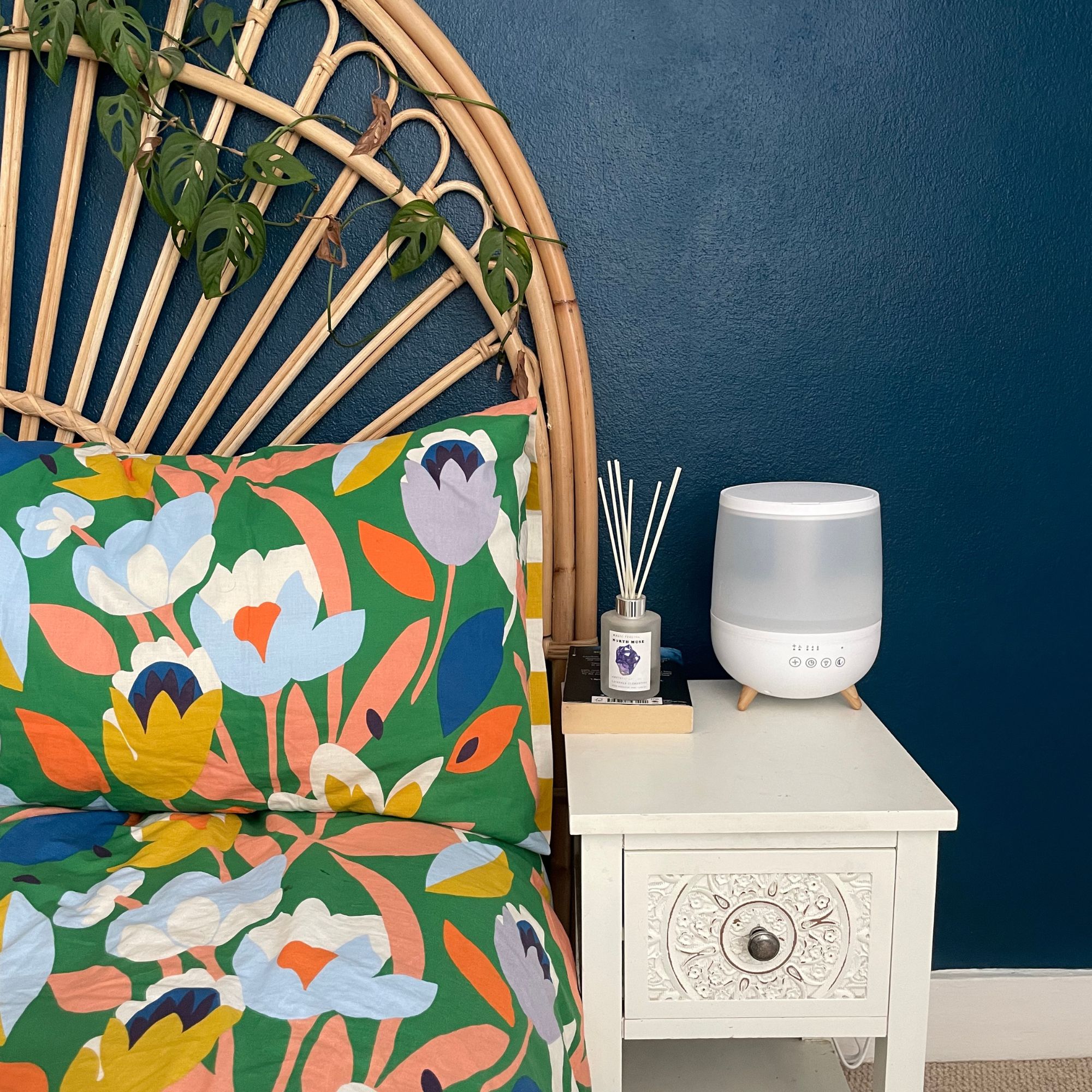 ‘My only regret is that I didn’t get it sooner’ — I tried out the £25 Dunelm buy with rave reviews to help me sleep at the height of hay fever season
‘My only regret is that I didn’t get it sooner’ — I tried out the £25 Dunelm buy with rave reviews to help me sleep at the height of hay fever seasonI always thought they were just for kids
-
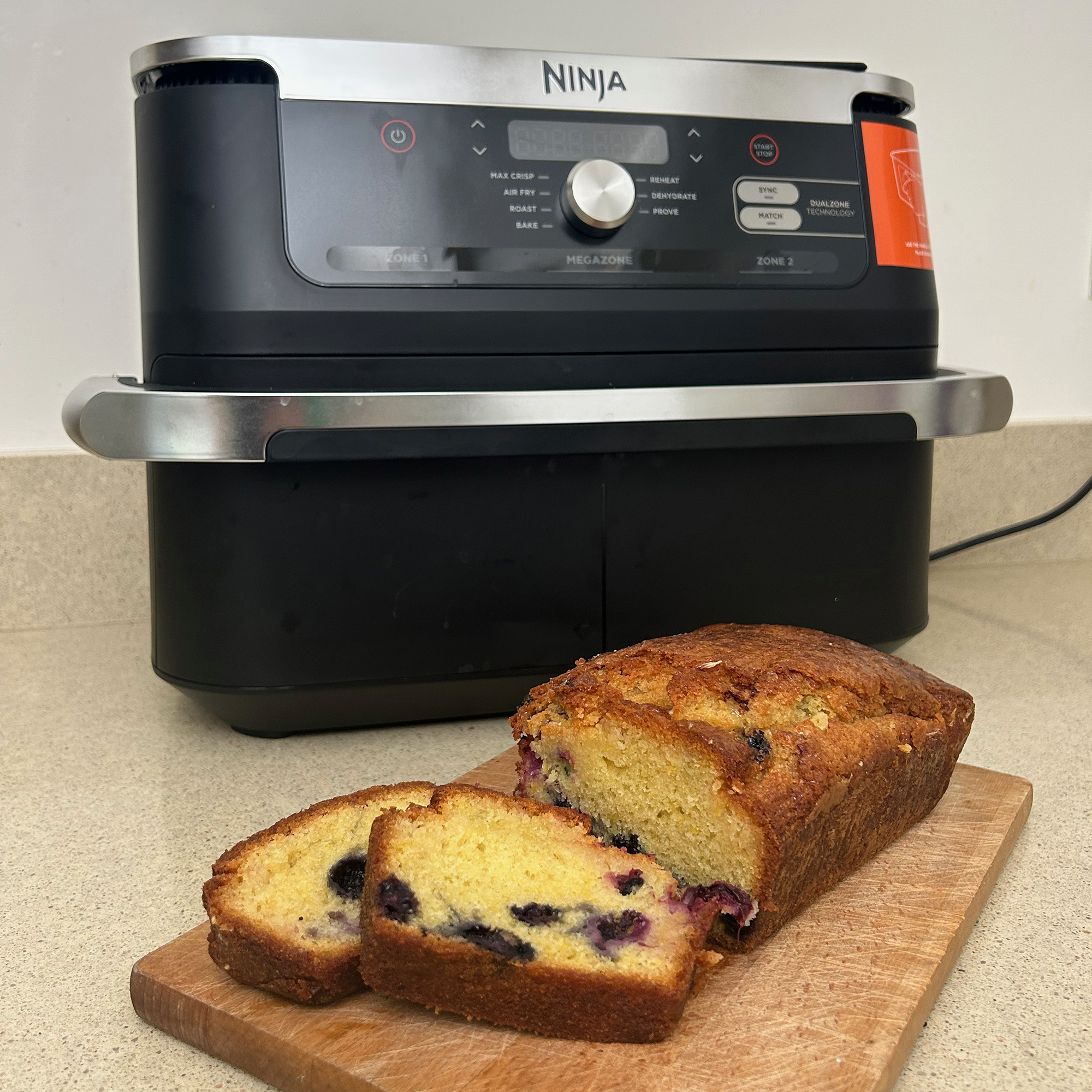 This limited-time John Lewis discount is the cheapest I've ever seen the Ninja FlexDrawer air fryer
This limited-time John Lewis discount is the cheapest I've ever seen the Ninja FlexDrawer air fryerYou can pick up our top-rated air fryer ever for just £150 today at John Lewis
-
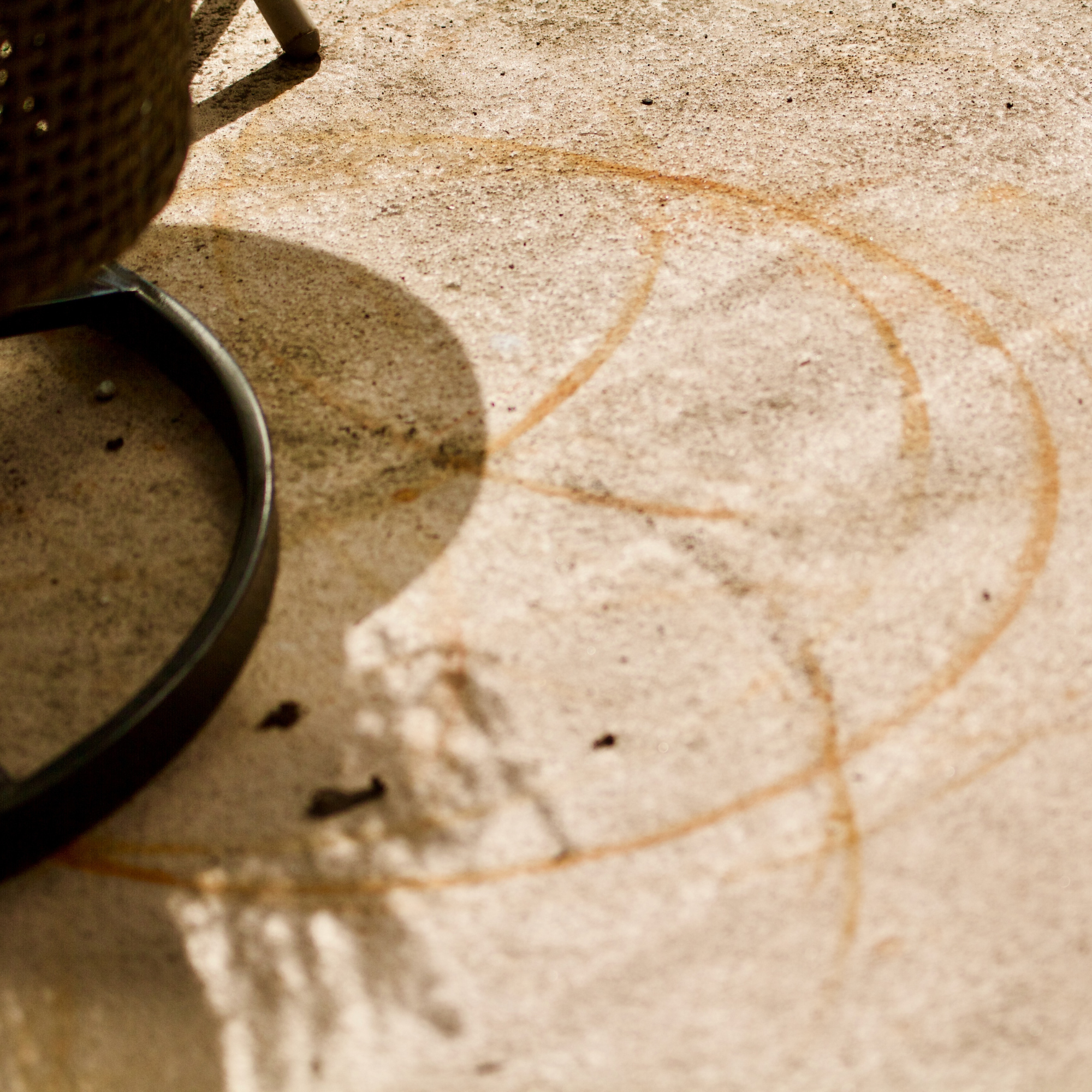 How to remove rust stains on a patio – experts reveal 5 surprisingly simple methods that work
How to remove rust stains on a patio – experts reveal 5 surprisingly simple methods that workTackle stubborn stains using everyday household staples hiding in your cupboards